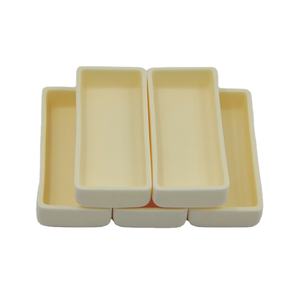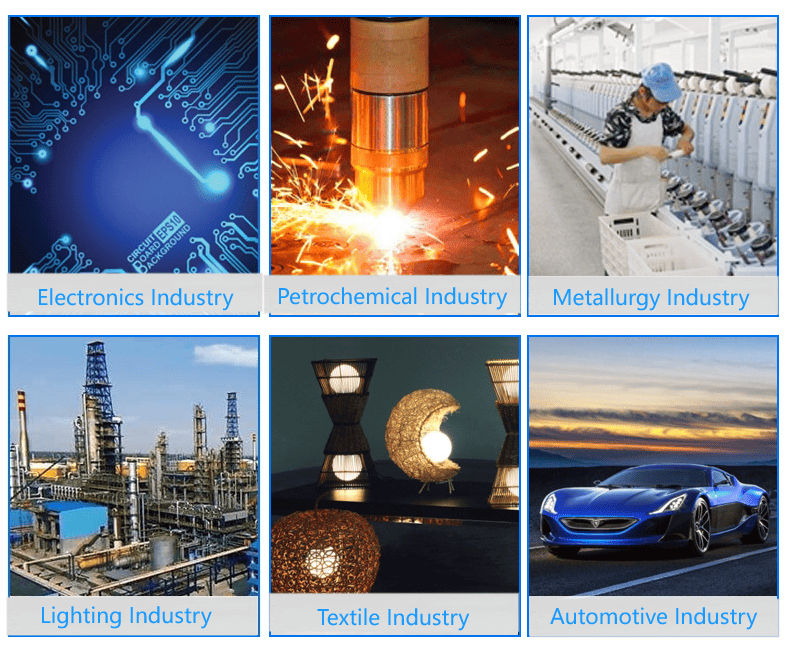Discover Premium Ceramic Products | Durability & Elegance United | Advanced Ceramics
PRODUCT PARAMETERS
Description
Introduction to Alumina Ceramics
Alumina ceramics are known for their high hardness, wear resistance, corrosion resistance, good electrical insulation and high temperature stability. According to the different alumina content, it can be divided into different grades, such as 95 porcelain, 99 porcelain, etc., among which 99 porcelain refers to ceramic materials with an alumina content of 99%. As the alumina content increases, its mechanical strength and electrical insulation properties will also increase accordingly.
Characteristics of Alumina Ceramics
High Hardness: Alumina ceramics have extremely high hardness, which makes it very wear-resistant and suitable for manufacturing abrasive tools and parts that require wear resistance.
Wear resistance: Due to its high hardness, alumina ceramics show excellent wear resistance and are suitable for manufacturing parts for long-term use.
Corrosion resistance: Alumina ceramics have good resistance to most acids and alkalis, making them widely used in the chemical industry.
Good electrical insulation: As an excellent electrical insulating material, alumina ceramics are widely used in electronic and electrical products.
High temperature stability: Ability to withstand extremely high temperatures without significant physical or chemical changes, which makes it an ideal choice for applications in high temperature environments.
Biocompatibility: In the medical field, certain grades of alumina ceramics are used to make medical devices such as artificial joints due to their good biocompatibility.
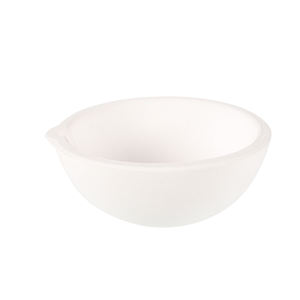
(Al2O3 Alumina Ceramic Tube Pipe)
Specifications of Al2O3 Alumina Ceramic Tube Pipe
Al2O3 alumina ceramic tube pipelines are widely utilized in high-temperature and harsh settings due to their exceptional properties. The primary product is light weight aluminum oxide (Al2O3), with web content normally varying from 95% to 99.5%. This high alumina concentration ensures strong mechanical toughness and thermal stability. The pipelines run effectively at temperature levels approximately 1800 ° C. They stand up to thermal shock, maintaining structural stability also during quick temperature adjustments.
The firmness of alumina ceramic tubes is dramatically higher than the majority of steels. This makes them ideal for abrasive or high-wear applications. Their compressive strength surpasses 2000 MPa, allowing them to hold up against hefty loads without deformation. The material’s low thermal development coefficient decreases dimension modifications under warm. This is essential for precision applications needing tight tolerances.
Alumina ceramic tubes display excellent electrical insulation. Their dielectric stamina reaches 15 kV/mm, protecting against existing leakage in high-voltage setups. The material remains stable across a broad frequency array. This makes it ideal for digital and electrical elements.
Chemical resistance is one more crucial advantage. Alumina tubes stand up to corrosion from acids, antacid, and oxidizing agents. They perform well in liquified metals and salts. This sturdiness fits chemical processing, metallurgy, and semiconductor markets. Hydrofluoric acid and solid alkaline solutions at high temperatures can damage the product. Correct application limits must be observed.
Requirement dimensions vary by use. Outer sizes range from 1 mm to 300 mm. Sizes expand approximately 2000 mm. Wall density is adjustable based on mechanical requirements. Custom-made sizes are offered for specialized requirements. Surface area finishes are smooth, minimizing friction in fluid-handling systems. Density ranges in between 3.6 and 3.9 g/cm THREE, making certain light-weight yet robust efficiency.
Alumina ceramic tubes are machined using ruby tools because of their extreme hardness. Accuracy grinding guarantees tight dimensional precision. Applications include heater linings, thermocouple protection sheaths, and research laboratory devices. They likewise serve as insulators in electrical systems and parts in semiconductor production.
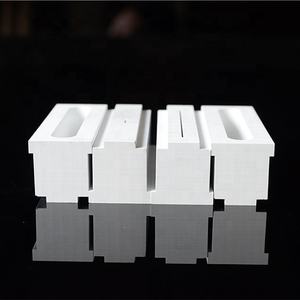
(Al2O3 Alumina Ceramic Tube Pipe)
Applications of Al2O3 Alumina Ceramic Tube Pipe
Al2O3 alumina ceramic tube pipelines are widely made use of in lots of industries. They take care of heats well. This makes them optimal for commercial heating systems and kilns. They keep their form and strength also under severe warmth. Thermal processing devices frequently makes use of these tubes. They operate in settings where steels would certainly fall short.
These tubes are excellent electric insulators. They prevent current leakage in high-voltage systems. Electronic devices and power transmission systems utilize them. They sustain elements in electric circuits. They decrease power loss. This enhances effectiveness.
Alumina ceramic tubes resist chemical corrosion. They do not respond with acids or alkalis. This makes them useful in chemical plants. They deliver hostile substances safely. They last much longer than metal pipes in rough conditions.
The material is hard and wear-resistant. It manages abrasive products well. Mining and building and construction devices make use of these tubes. They move sand, gravel, or powders without putting on down swiftly. This lowers upkeep prices.
Medical and research laboratory settings use alumina ceramic tubes. They are safe and biocompatible. They work in sterilization processes. They stand up to duplicated heating & cooling. Laboratory tools count on their stability.
These tubes are lightweight compared to metals. They are less complicated to mount and take care of. They do not rust or corrode gradually. This guarantees long-lasting reliability.
Producers pick alumina ceramic tubes for their convenience. They carry out sought after applications. They use an economical service for numerous industries.
Company Introduction
Advanced Ceramics founded on October 17, 2014, is a high-tech enterprise committed to the research and development, production, processing, sales and technical services of ceramic relative materials and products.. Since its establishment in 2014, the company has been committed to providing customers with the best products and services, and has become a leader in the industry through continuous technological innovation and strict quality management.
Our products includes but not limited to Silicon carbide ceramic products, Boron Carbide Ceramic Products, Boron Nitride Ceramic Products, Silicon Carbide Ceramic Products, Silicon Nitride Ceramic Products, Zirconium Dioxide Ceramic Products, Quartz Products, etc. Please feel free to contact us.(nanotrun@yahoo.com)
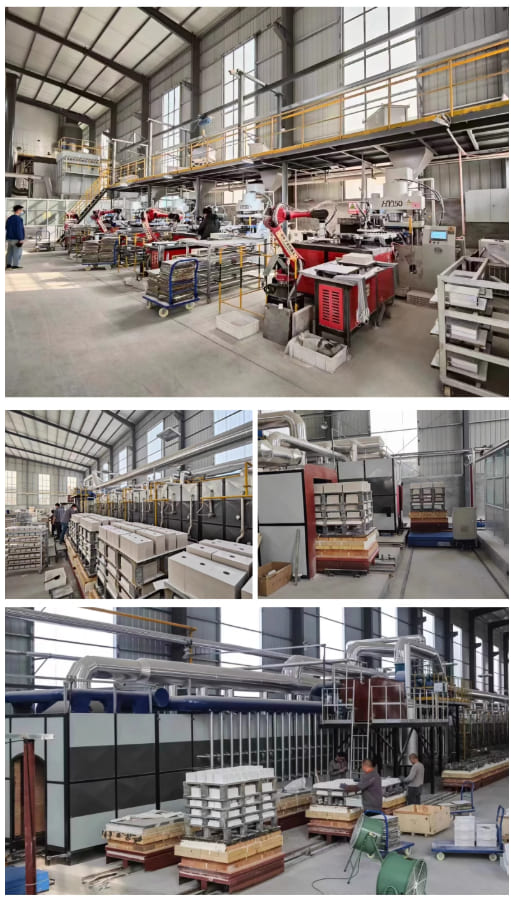
Payment Methods
T/T, Western Union, Paypal, Credit Card etc.
Shipment Methods
By air, by sea, by express, as customers request.
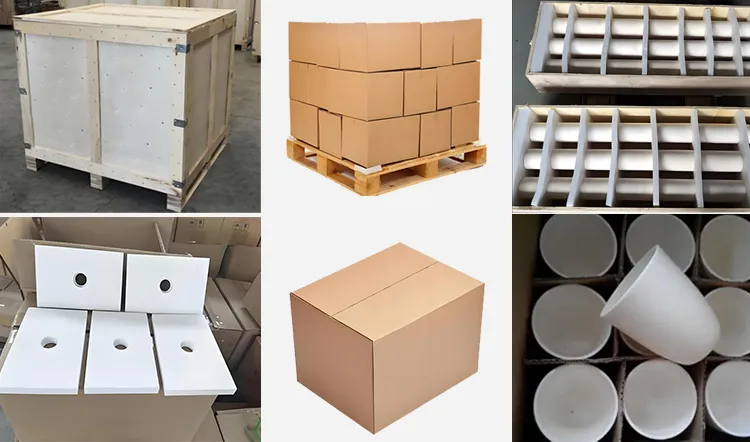
5 FAQs of Al2O3 Alumina Ceramic Tube Pipe
What is Al2O3 alumina ceramic tube pipe made of?
Al2O3 alumina ceramic tube pipe is made mainly from aluminum oxide. The material has high purity. It is formed under high heat and pressure. This process creates a dense structure. The structure gives the tube high hardness and wear resistance.
What temperatures can Al2O3 alumina ceramic tubes handle?
These tubes work well in extreme heat. They handle temperatures from 1600°C to 1800°C. Their thermal stability stops them from cracking or degrading. This makes them ideal for furnaces or high-heat industrial setups.
Where are Al2O3 alumina ceramic tubes commonly used?
They are used in many industries. Examples include electronics, chemical processing, and metallurgy. They insulate electrical components. They protect sensors in harsh environments. They line pipes carrying corrosive materials. Labs use them for high-temperature experiments.
Can Al2O3 alumina tubes be customized for specific needs?
Yes. Manufacturers adjust dimensions like length, diameter, and wall thickness. They tailor the alumina content to meet strength or thermal requirements. Custom shapes or surface finishes are possible. This flexibility suits specialized industrial applications.
How do Al2O3 alumina tubes compare to metal or plastic pipes?
Alumina tubes outperform metals and plastics in harsh conditions. Metals corrode or melt under high heat. Plastics degrade with chemicals or temperature swings. Alumina resists corrosion, heat, and wear better. It lasts longer in demanding settings.
What precautions are needed when handling alumina ceramic tubes?
Handle them carefully. They are hard but brittle. Avoid dropping or hitting them. Sudden impacts can cause chips or cracks. Use proper tools during installation. Check for defects before use. Store them in padded containers to prevent damage.
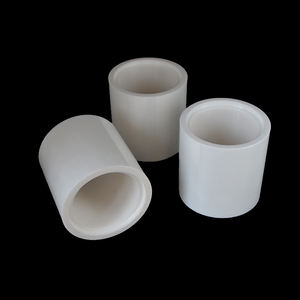
(Al2O3 Alumina Ceramic Tube Pipe)
REQUEST A QUOTE
RELATED PRODUCTS
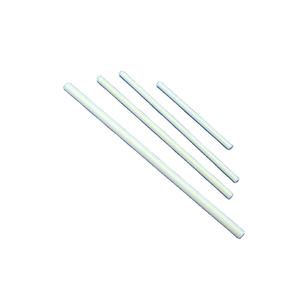
Industrial Polished 99 Alumina Ceramic Sleeve
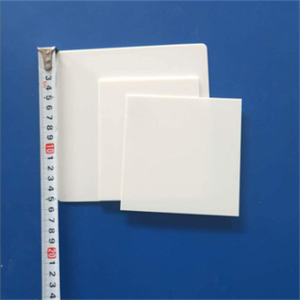
Alumina Ceramic Material and Industrial Ceramic Application Honeycomb Ceramic for RTO RCO
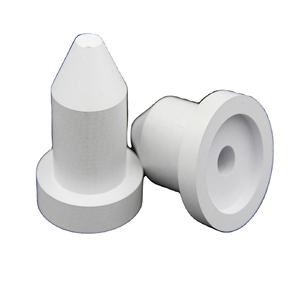
99% High Strength Alumina Ceramic Substrate
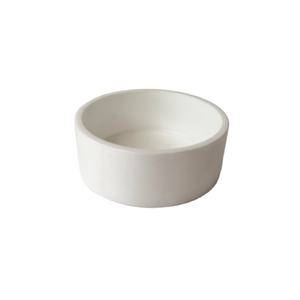
Extruded Pressed Cellular Alumina Honeycomb Ceramic Porous Ceramic

Alumina Ceramics Have Strong Chemical Stability and Resist Erosion in the Harsh Environment of Lime Kilns


